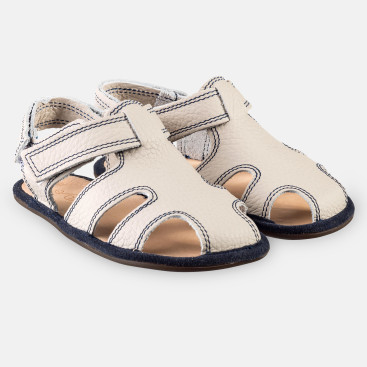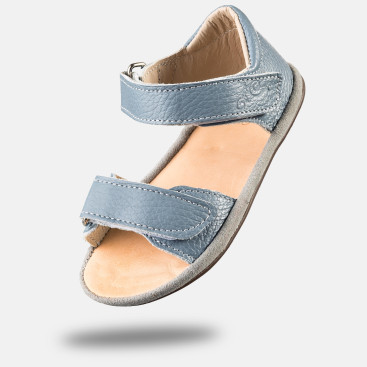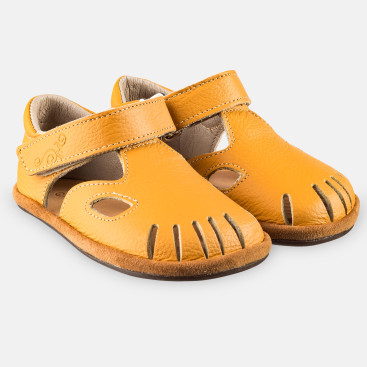Why is choosing children's sandals so important?
A child’s foot is not yet fully developed, and every pair of shoes a toddler wears affects its growth. Unlike adult feet, which are already stable and resistant to minor mistakes, young feet absorb every external impulse like a sponge. Every incorrect positioning, every heel counter that’s too stiff, or a sole that’s too soft, leaves a mark on the developing foot structure. That’s why sandals that don’t support natural movement mechanisms can not only cause discomfort but also lead to orthopedic issues in the future.
In the early years of life, it’s not just the foot that develops, but the entire posture. The right footwear helps children not only maintain balance but also develop proper movement patterns. When choosing sandals, it’s worth looking beyond just their appearance or price.
How to choose the right sandal size for a child?
Although it may seem that with sandals, some looseness or a bit of extra room doesn’t matter much, the truth is quite different. A child’s foot should have enough space to move freely with each step, but at the same time, the shoe must not be too loose. A sandal that’s too big encourages uncontrolled foot shifting, which can lead to improper gait and an increased risk of tripping. On the other hand, a shoe that’s too tight restricts toe movement and the natural function of the muscles.
At home, the easiest way to measure a child’s foot is by placing it on a piece of paper and tracing the outline. Add about half a centimeter of extra space to the measurement to allow room for natural foot growth without pressure or discomfort. However, remember that sandals should fit the foot well not only at rest but also during active movement.
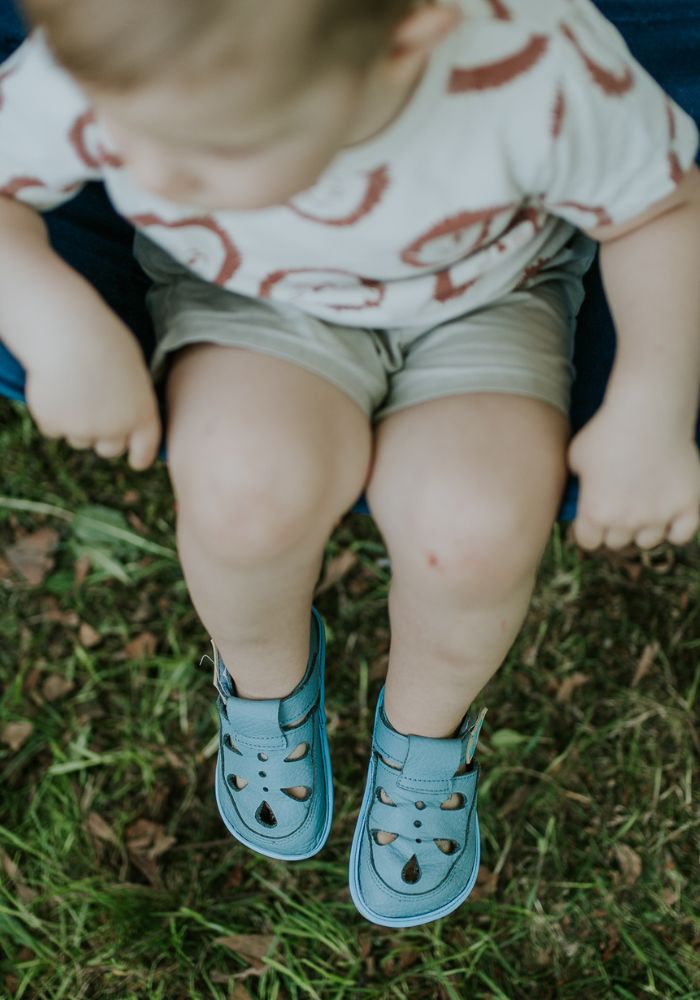




































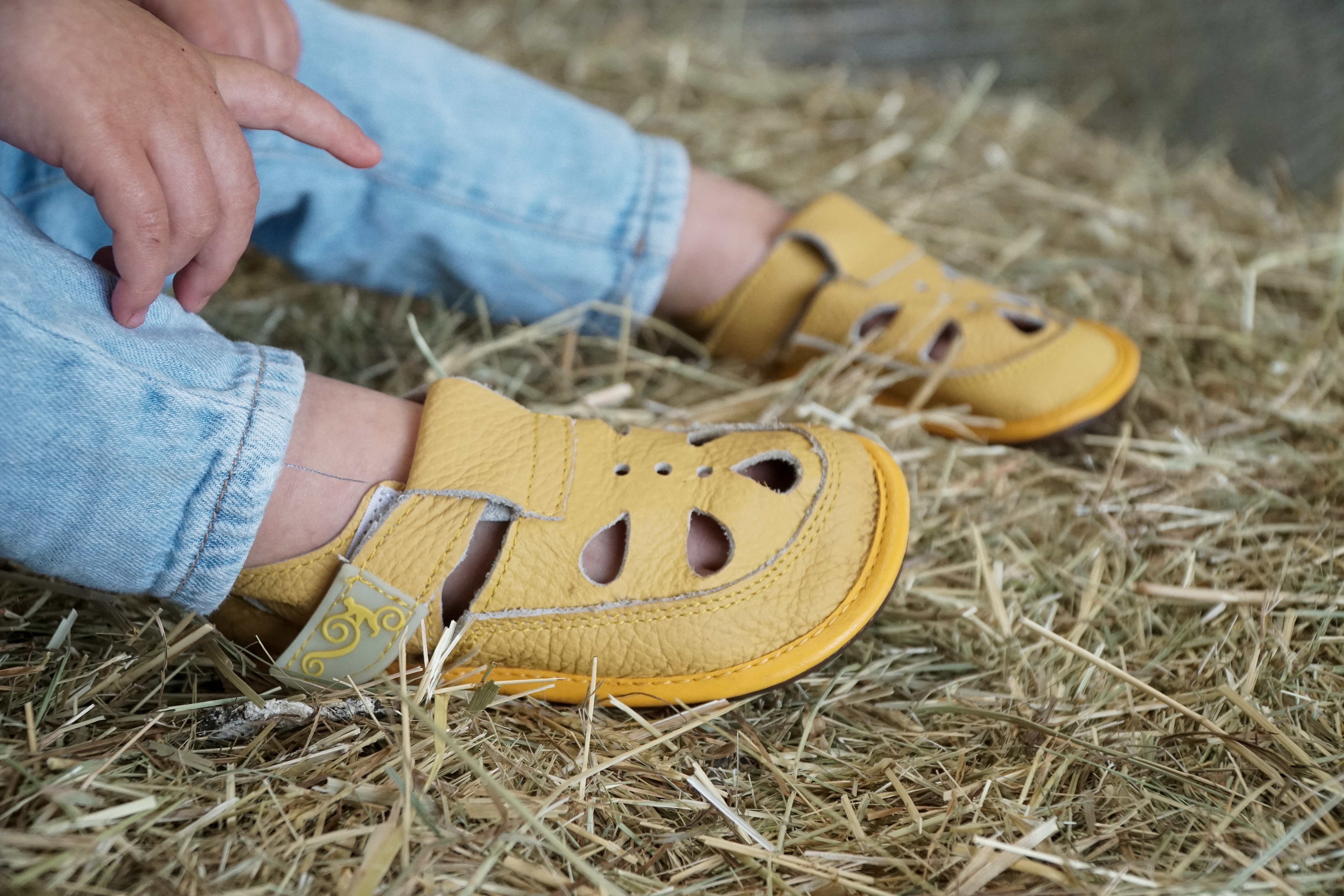
.jpg)
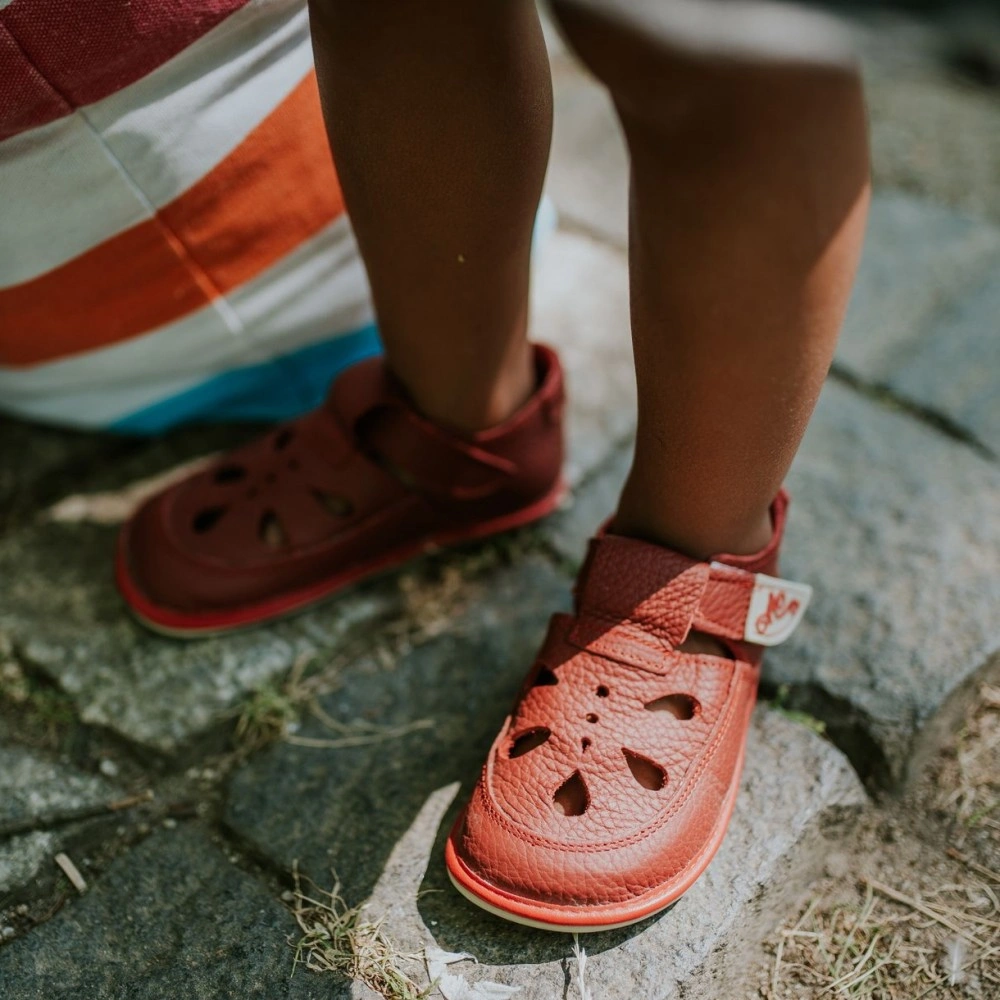
.webp)

.webp)


